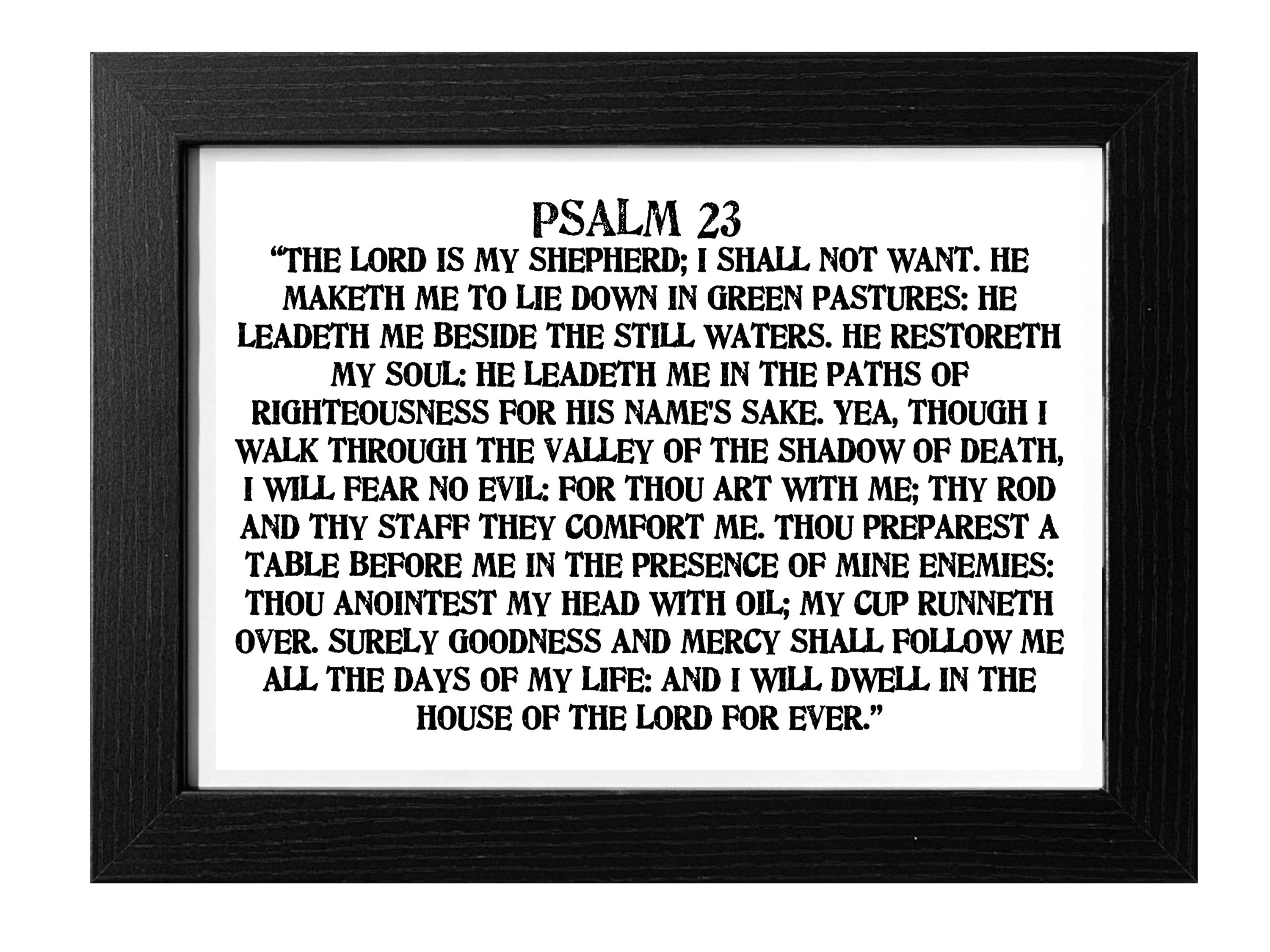The book of Psalms, a collection of sacred songs and poems, has been a cornerstone of spiritual guidance and inspiration for centuries. Among its 150 chapters, Psalm 1 stands out as a foundational text, offering insights into the nature of righteousness, the importance of spiritual guidance, and the consequences of one's choices. To understand the depth and significance of Psalm 1, it is essential to delve into its historical context, theological themes, and the timeless wisdom it imparts.
Historical Context and Structure

Psalms, attributed to various authors including King David, are part of the Hebrew Bible and the Christian Old Testament. Psalm 1, specifically, serves as an introduction to the entire book, setting the tone for the themes of wisdom, worship, and the relationship between God and humanity. It is structured as a wisdom psalm, contrasting the ways of the righteous and the wicked, thereby encouraging readers to embrace a life of piety and obedience to God’s law.
The Righteous and the Wicked
The psalm begins with a description of the blessed man, who does not follow the counsel of the wicked, nor stand in the way of sinners, nor sit in the seat of scoffers (Psalm 1:1). Instead, his delight is in the law of the Lord, and on his law, he meditates day and night (Psalm 1:2). This man is likened to a tree planted by streams of water, which yields its fruit in season, and whose leaf does not wither (Psalm 1:3), symbolizing prosperity, stability, and the flourishing of the righteous. In contrast, the wicked are like chaff that the wind blows away (Psalm 1:4), highlighting their lack of stability and ultimate destruction.
| Characteristics | Righteous | Wicked |
|---|---|---|
| Source of Guidance | Law of the Lord | Counsel of the wicked |
| Outcome | Prosperity, stability | Destruction, instability |
| Symbolic Representation | Tree planted by streams of water | Chaff blown away by the wind |

Theological Themes and Implications

Psalm 1 explores several theological themes that are central to the biblical narrative. These include the nature of God’s law, the distinction between righteousness and wickedness, and the ultimate judgment of God. The psalm suggests that God’s law is not merely a set of rules but a source of life and wisdom, guiding individuals towards paths of righteousness. The differentiation between the righteous and the wicked serves as a reminder of the moral accountability of humanity and the consequences of one’s actions.
Practical Applications and Reflections
For readers, Psalm 1 offers practical wisdom on how to live a life that is pleasing to God. It encourages meditation on God’s law, not merely as a theoretical exercise but as a means to transform one’s thoughts, emotions, and actions. The imagery of the tree and the chaff also invites reflection on the nature of stability and prosperity, suggesting that true fulfillment comes from rootedness in spiritual practices and adherence to moral principles.
Key Points
- Psalms serve as spiritual guidance, with Psalm 1 introducing themes of wisdom and righteousness.
- The contrast between the righteous and the wicked highlights the importance of divine guidance and moral choices.
- God's law is presented as a source of life and wisdom, guiding individuals towards righteousness.
- The ultimate judgment of God underscores the moral accountability of humanity.
- Practical application involves meditation on God's law and adherence to moral principles for a fulfilling life.
In conclusion, Psalm 1 of the King James Bible offers a profound introduction to the book of Psalms, laying the groundwork for understanding the complexities of human nature, the importance of spiritual guidance, and the consequences of one's actions. Through its rich imagery and theological themes, it provides readers with timeless wisdom on how to cultivate a righteous life, rooted in the law of the Lord and characterized by stability, prosperity, and a deep sense of fulfillment.
What is the main theme of Psalm 1?
+The main theme of Psalm 1 is the contrast between the righteous and the wicked, emphasizing the importance of following God’s law for a prosperous and stable life.
How does Psalm 1 describe the righteous person?
+According to Psalm 1, the righteous person delights in the law of the Lord, meditates on it day and night, and is like a tree planted by streams of water, yielding fruit in season.
What is the symbolic meaning of the tree and the chaff in Psalm 1?
+The tree symbolizes the stability and prosperity of the righteous, while the chaff represents the instability and ultimate destruction of the wicked.



